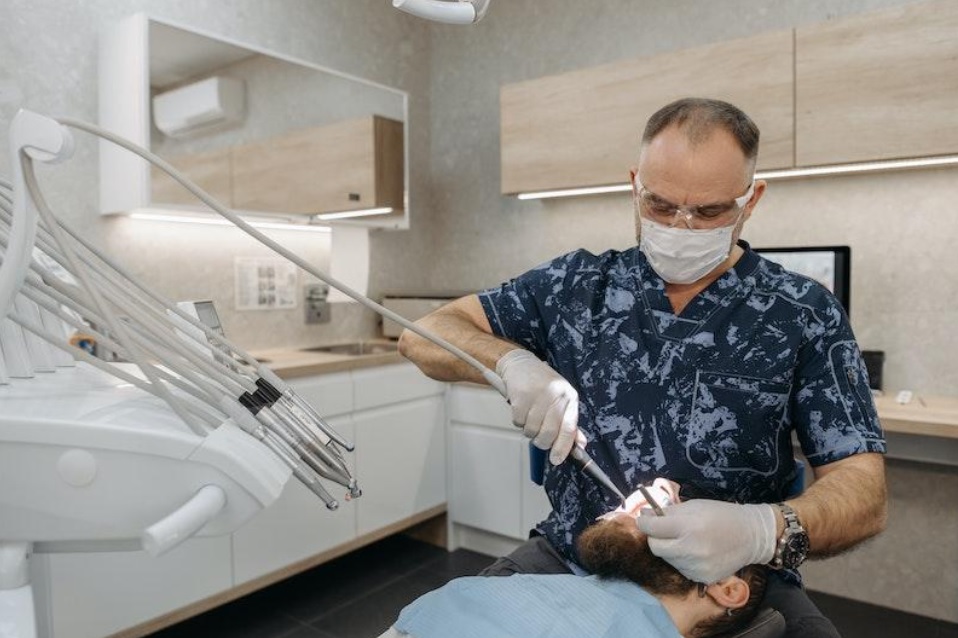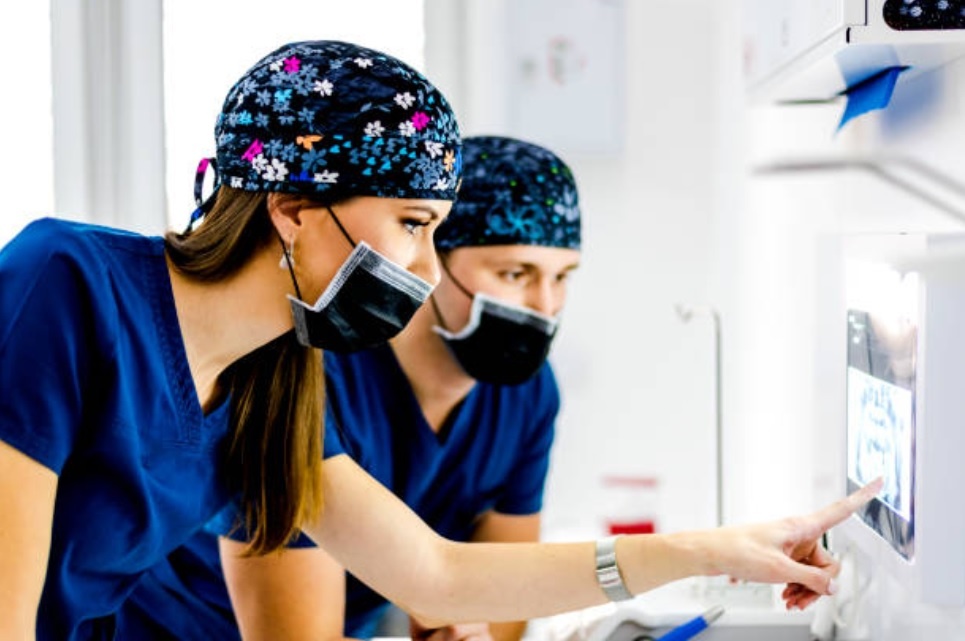Communication is the key to modern-day health care. Something that every doctor, patient, and clinician should practise at all times.
Proper communication can help you achieve more clarity and transparency at work, which you can use to become the best version of yourself while providing delicate medical services to the clients.
Speaking of delicate, dentistry is one highly sophisticated and demanding field of medicine that requires clear and constant communication between the staff members of a clinic/hospital including doctors, patients, practitioners, specialists, technicians and so on.
Obviously, maintaining such a complex network of interactions takes a lot of commitment and effort on a day-to-day basis from your end as an employer. From managing your employees to treating the patients, from scheduling your appointments to meeting the meetings, and from briefing the staff to operating difficult surgeries, everything revolves around sound communication.
The better the communication in your clinic, the more the productivity and the higher the profits. After all, it’s the level of communication that separates a high-performing team from a mediocre one. That is a principle that most performing clinics, like bradley dental center in cleveland, take into consideration.
Having said that, let’s take a look at some of the ways that most high-performance dental teams use to improve their communications for better output:
Communicate with Transparency:
Strong leaders with ambitions, well-thought-out organisational structures, and rock-solid business procedures won’t obtain the best outcomes until they create a culture of trust inside their organisations. Transparency at the top and open and honest communication across the organisation foster trust. Individual views, assumptions, thought processes, expectations, and communication styles might be all over the place when managing a diverse workforce. When you intentionally inform the team about what is going on and create a safe environment for open dialogue, you may help to stem the flow of scepticism, doubt, and hatred. You create a welcoming environment that inspires loyalty and longevity.

Set Clear Vision:
Be sure that your team is aware of everything happening at the clinic. Hold business meetings every morning to ensure everyone is on the same page. A Daily Business Meeting, held every morning, gives the entire team an understanding of what to expect throughout the day regarding scheduled treatment, patients, open appointments, and emergencies. Monthly Business Reviews should address more significant issues, such as outdated protocols or customer service training.
Delegate the Duties and Roles:
The overarching vision must be converted into clearly defined roles and responsibilities. Team members must grasp what is expected of them and how their work relates to the work of their colleagues. Ideally, they will be able to connect their unique contributions to the practice’s vision. They also require a “road plan” that indicates where they should travel to handle specific difficulties. The team members should respect and value each other’s contributions. In addition to their professional accomplishments, they adore each other’s abilities and ideas. Effective teams also embrace and foster a wide range of viewpoints among their members.
Patient Experience is a Priority:
All of your patient care and practice management processes should be developed to ensure that the team fulfils patient expectations, coordinated team activities and that supporting technology is used judiciously. Motivate your patient to opt for dental membership plans not dental insurance plans. Concentrate on the overall experience — whether it’s healthcare or administrative duty. Consider ways for working successfully with third parties to keep projects or transactions on track and finished in a fair amount of time. Of course, make sure your procedures are appropriate for your organisation’s size, structure, and strengths.
Measurable Procedures and Outcomes:
The team should agree on and execute reliable and timely feedback on successes and failures. These are used to track and enhance performance in the short term and plan for the future. It ensures ownership of work among team members.

Celebrate Good Performance:
When your team feels seen, heard, and valued for what they contribute to the table, they will be encouraged to perform at a high level. You want the team to be enthusiastic about their work and pleased to be a part of the organisation to which they belong. To that end, take the time to give positive feedback to individuals, groups, and the team as a whole. Every meeting should begin and end in a pleasant tone.
Modesty:
Team members understand disparities in training but do not feel that one style of training or perspective is universally better than others. They are also aware that they are only human and will make errors. As a result, a significant benefit of working in a team is that team members can rely on one another to help notice and avoid failures, regardless of their position in the hierarchy.
Conclusion
The goal should be to provide high-quality patient care, contingent on an excellent performance by patient-focused teams. However, we must bridge the gap between conventional procedures and the new mindsets required of an effective team in order to attain such lofty goals. As a result, health care companies should strive to provide excellent patient care by instituting a broad team-based culture in which specific values and concepts are shared and clearly communicated among team members, including patients, who should be put at the centre of care.
